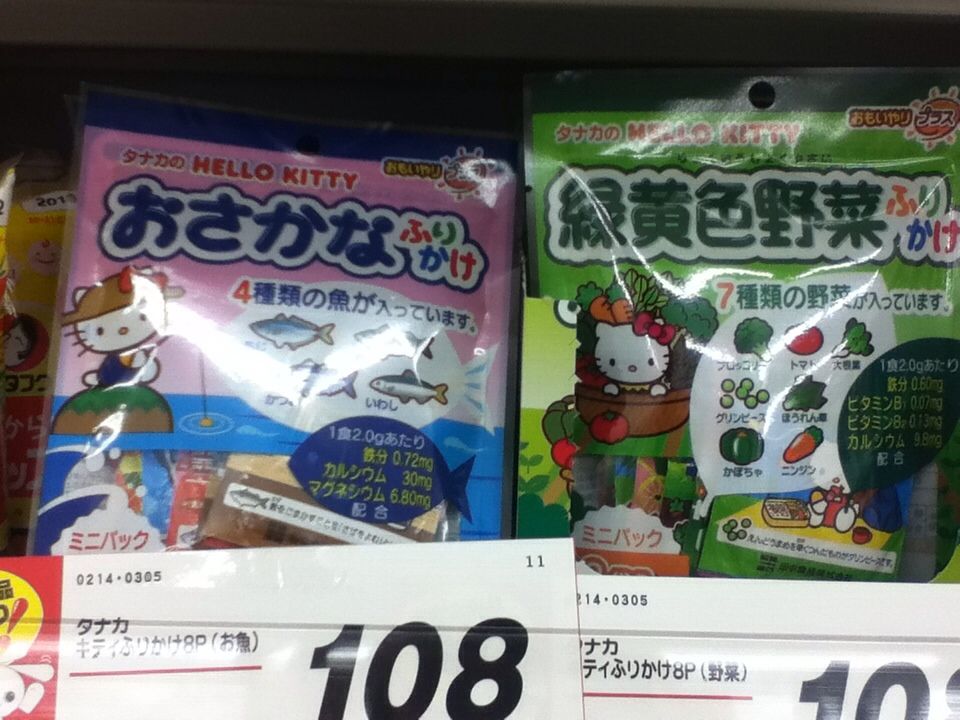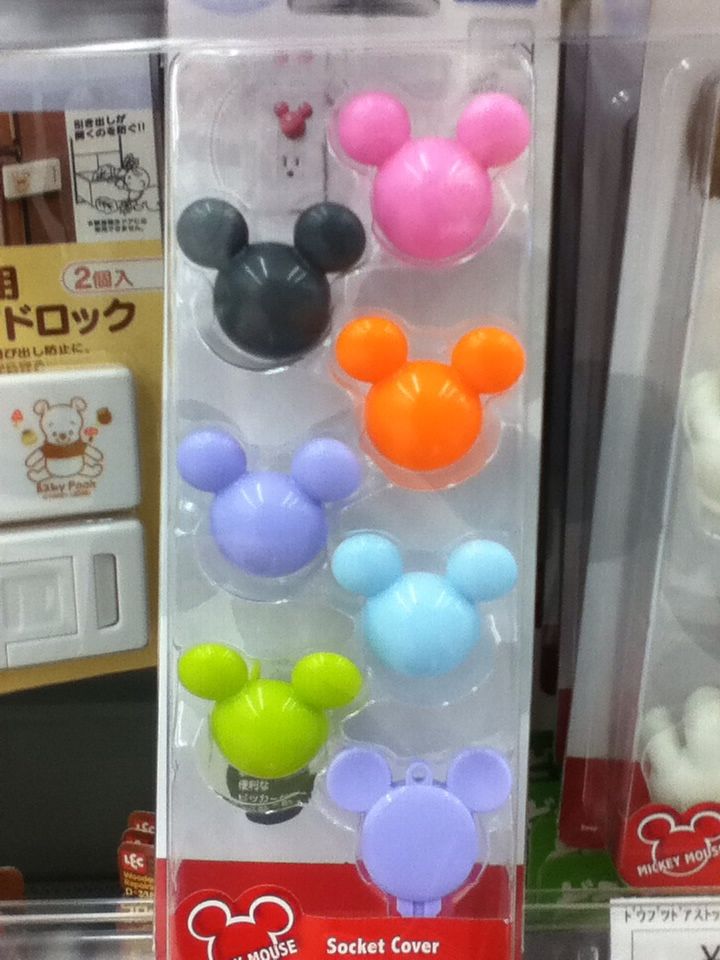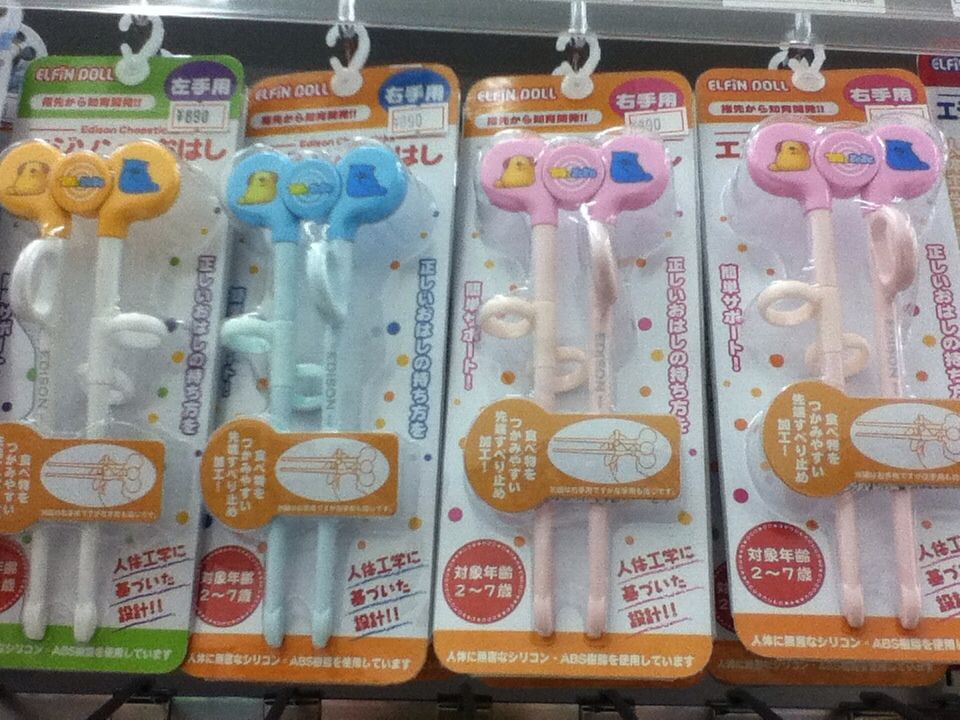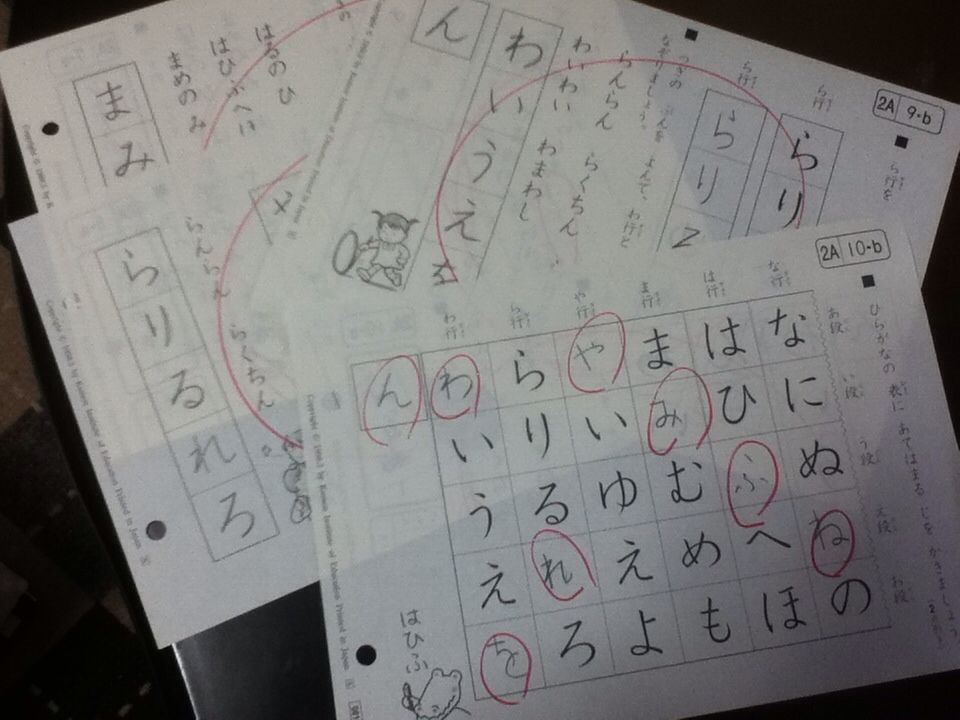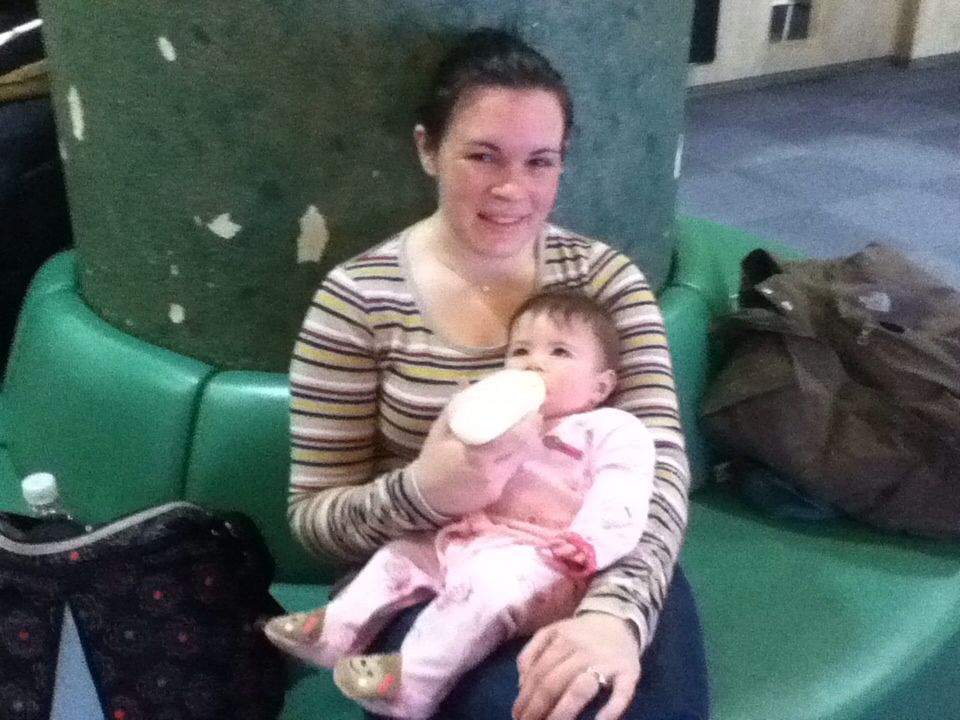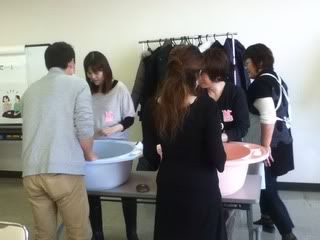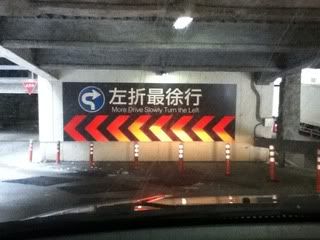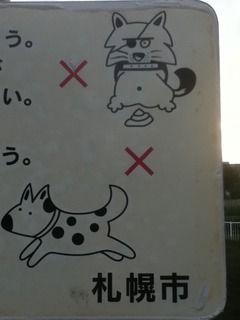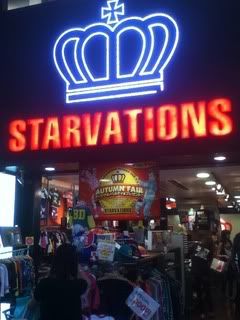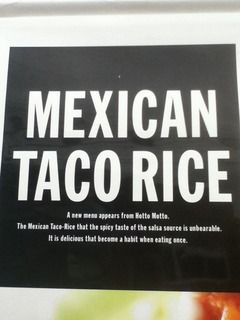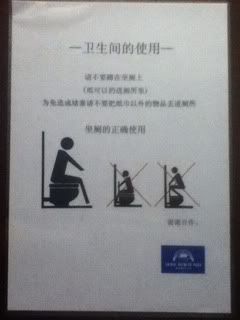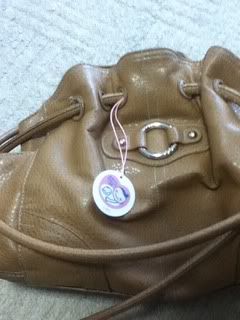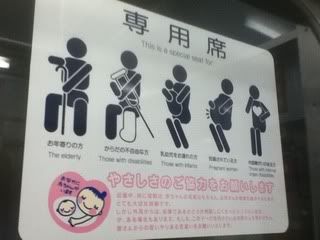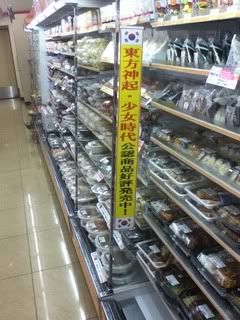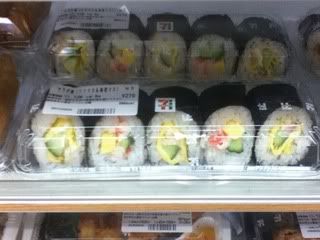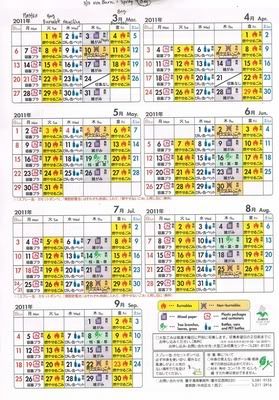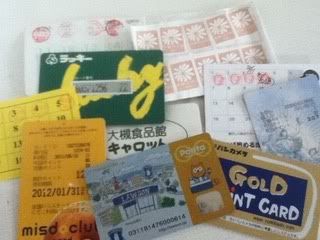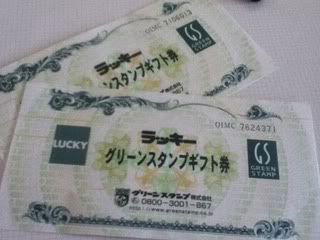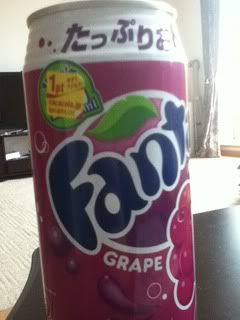Moving to Japan has opened my eyes to a whole new world of strange things to buy, becoming a parent has opened them even wider. I didn't know that were possible. As I've been out shopping for Jill, I've been keeping a mental list of "Huh, You'd never see that in America." I finally took my camera with me on a shopping trip, just for you!
Here's 4 items you won't find in the States.
Barley Tea:
I got a box of this tea free with Jillian's formula. Do you see the number 1 in the upper right hand corner of the box? That stands for one month, as you can drink this tea from one month old on. I was shocked to see this since every American produced bit of information about baby care said "BREAST-MILK OR FORMULA ONLY FOR 6 MONTHS!" I believe there was an "or else" implied. Or else what, I'm not sure.
We didn't introduce mugi cha (barley tea) at one month, but that had more to do with not being to excited about mugi cha myself. ;)
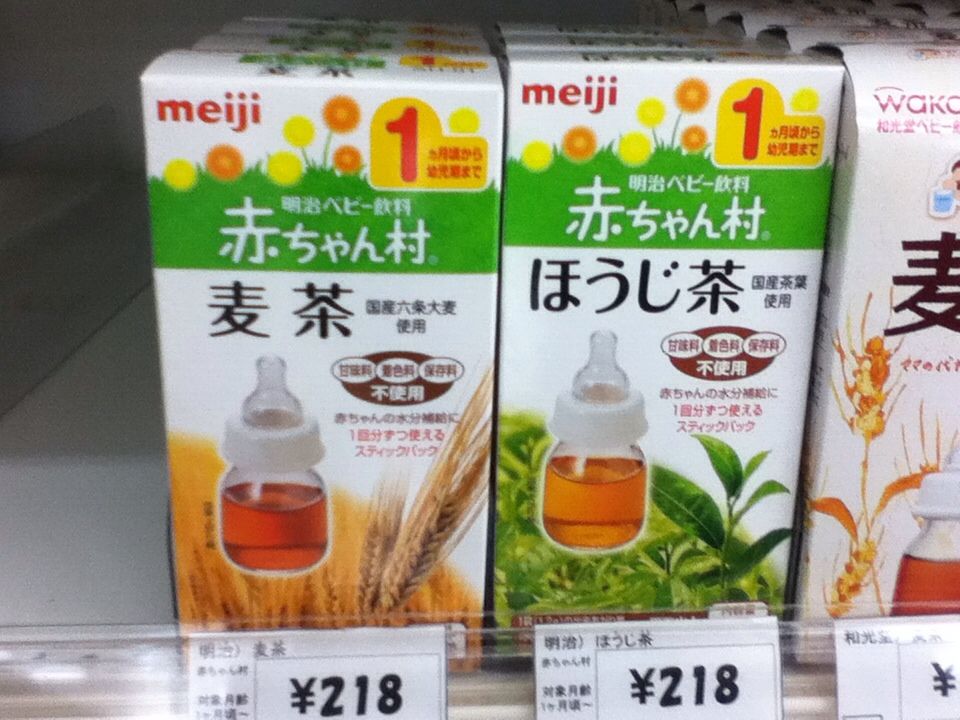 |
| At 11 months, Jill tried mugi cha for the first time. She wasn't impressed. Guess we should have let her try it at one month like the box suggests. ;) |
Furikake (Rice seasoning) for toddlers:
Furikake is a dried rice seasoning, usually some sort of fish, although the package in green below is various vegetables. I forgot to look for the age recommendation for this one, but I believe its about one year or one and a half. I don't know about you, but I can't imagine many 1-2 year olds being excited about dried fish flakes on their rice. Personally, I love furikake, but I wonder about little non-Japanese kids. Readers with children, what do you think? Anyone think your little one would eat this on rice? Let me know below. Maybe I'll have to mail some out and conduct a study. :)
Outlet covers:
Yes, I know these aren't only in Japan. I'm including them, not because the idea is special, but because the form is. I worry about something that is supposed to deter your child from playing with outlets that is brightly colored and shaped like Mickey Mouse. Somehow that just screams, "come play with me!" But maybe that's just me.
Training Chop-sticks:
I think these are brilliant! We actually own a pair, even though Jillian's too young for them. We bought them for a visitor who wasn't comfortable using the utensil of choice in Japan. Only, Stephen didn't pay attention to the kanji in the corner that said left or right hand. He grabbed the ONLY pair of left handed training chop-sticks in the store. :) Maybe Jill will be left-handed and we won't have to buy a new pair.
What's the weirdest thing you've seen for sale for little kids and babies (in The States or Japan)?
